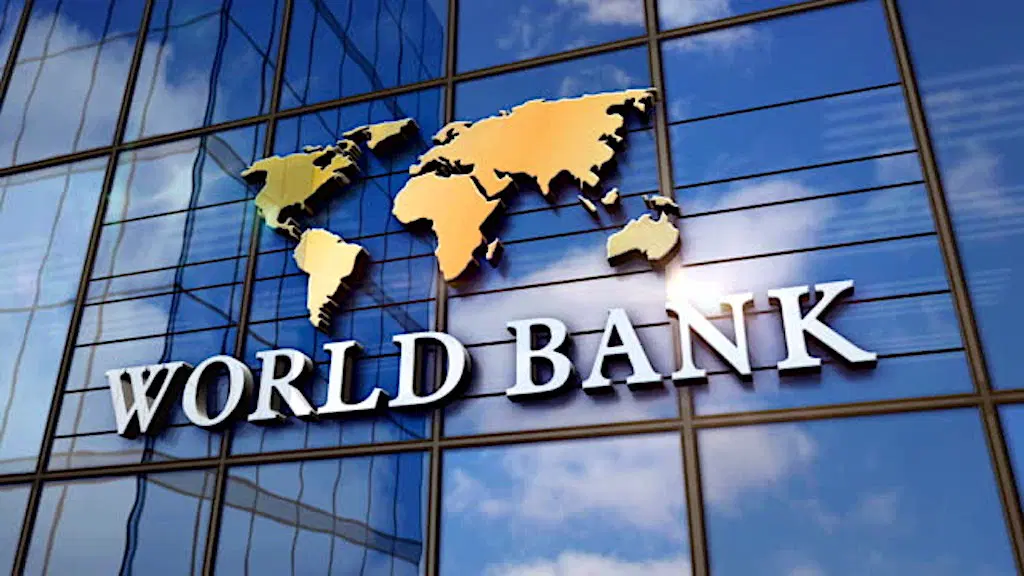Nigeria has maintained its position as the third-largest debtor to the World Bank’s International Development Association (IDA), with outstanding debt reaching $18.23 billion as of June 30, 2025. This marks a significant increase from $16.5 billion recorded in June 2024, representing a growth of $1.7 billion or approximately 10.3 percent within a single year.
The IDA is the concessional lending arm of the World Bank Group, providing low-interest and interest-free loans to the world’s poorest countries. Nigeria’s rising debt stock highlights both its substantial financing needs and its growing reliance on concessional loans to fund development projects across various sectors, including infrastructure, energy, education, healthcare, and rural development.
Between June 2023 and June 2025, Nigeria secured an estimated $3.9 billion in IDA loans alone under the current administration, with added loans from the International Bank for Reconstruction and Development (IBRD). These funds support 15 projects addressing economic resilience, poverty reduction, health security, and digital infrastructure.
Despite the favorable terms of these loans—which come with long maturities and grace periods—concerns over debt sustainability remain. Nigeria’s total external debt stood at approximately $45.98 billion as of March 2025, with the World Bank accounting for nearly 40 percent of this figure and an even larger share of multilateral debt obligations.
Economists warn that excessive borrowing may pose risks to the country’s fiscal health, particularly if revenue generation does not keep pace with debt servicing demands. Exchange rate fluctuations and increased debt servicing costs could strain Nigeria’s foreign reserves and weaken the naira.
Nonetheless, the government defends its borrowing strategy, emphasizing that these funds are vital for financing critical infrastructure and social programs expected to yield long-term economic benefits.
As Nigeria continues to engage with global development partners, balancing development financing with debt sustainability remains a paramount challenge for policymakers and stakeholders alike.
More than news- Its Icegate

